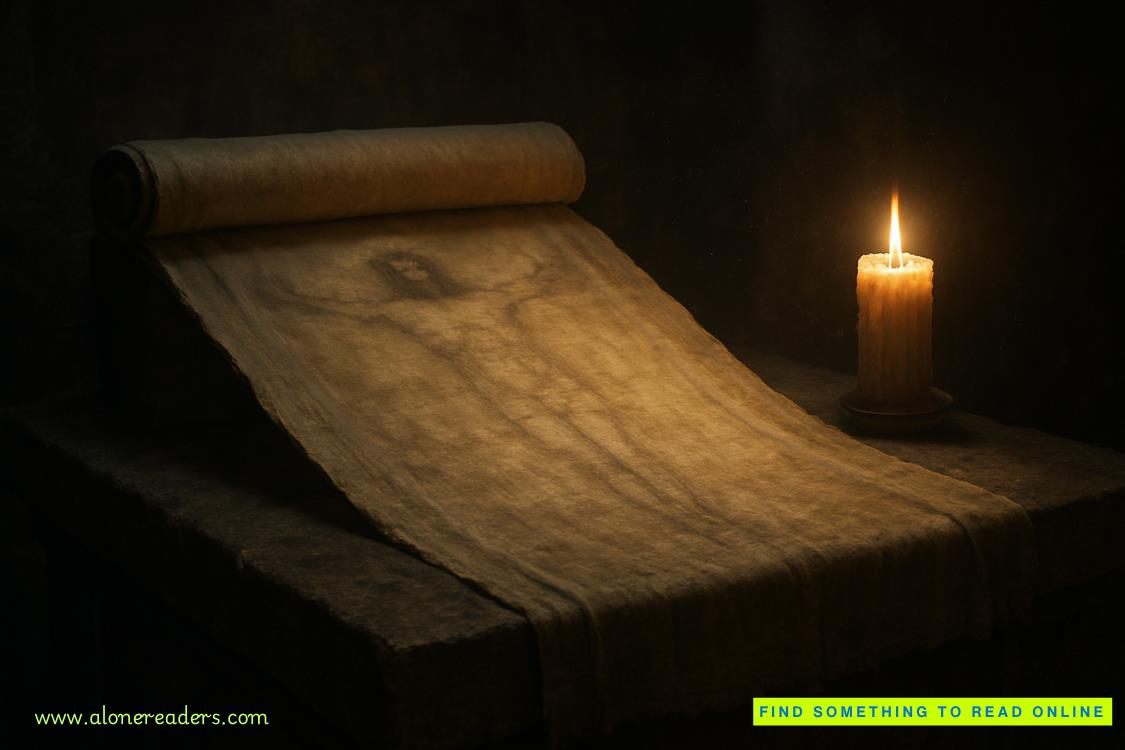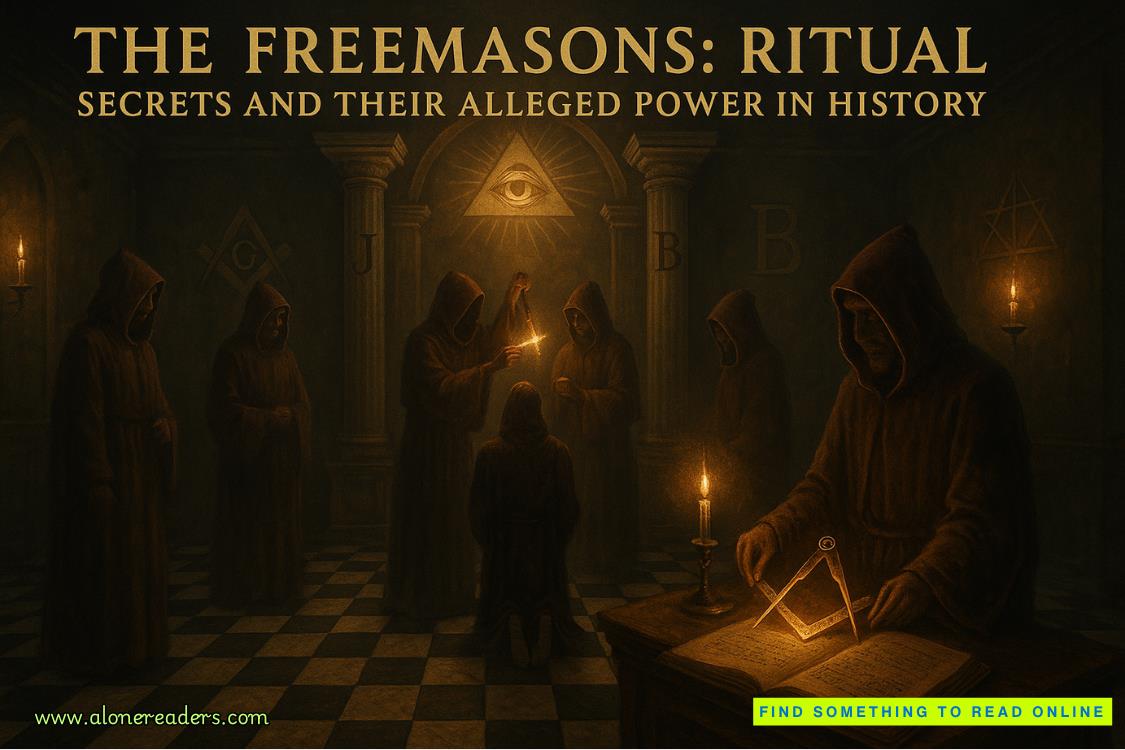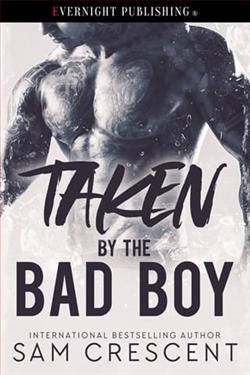Page 88 of T is for Trespass (Kinsey Millhone 20)
“I’m not sure I should leave them. I’m not authorized to do that,” she said.
“That’s up to you, though an interested buyer would want to see the painting and perhaps take it home for a few days before making a decision.”
Solana could just imagine it. This woman would pass the paintings on to someone else and that’s the last she’d ever see of them. “This Gamble fellow…what would you say that one’s worth?” She could feel her palms dampen. She didn’t like negotiating in a situation like this where she wasn’t on solid ground.
“Well, I sold a similar painting two months ago for a hundred and twenty-five thousand. Another client, a couple, bought a Gamble from me five or six years ago for thirty-five thousand. Now it’s worth a hundred and fifty.”
“A hundred and fifty thousand dollars,” Solana said. Surely her ears weren’t deceiving her.
The Mumford woman went on, “If you don’t mind my asking, is there a reason you can’t leave these with me?”
“It’s not me. It’s the gentleman I work for. I might talk him into leaving them for a week, but not longer. I’d need a receipt. I’d need two receipts.”
“I’d be happy to oblige. Of course, I’d need to see the two bills of sale from the original purchase or some proof the gentleman actually owns the paintings. It’s a formality, but in transactions of this magnitude, the provenance is critical.”
Solana shook her head, inventing a back story as quickly as she could. “Not possible. His wife bought them years ago. There was a fire after that and all his financial records were destroyed. Anyway, what difference does it make after all these years? What matters is the current value. This is an authentic Gamble. A big one. You said so yourself.”
“What about an appraisal for insurance purposes? Surely he has a rider on his policy to protect himself in case of loss.”
“That I don’t know about, but I can ask.”
She could see the woman turning the problem over in her mind. This business of provenance was just an excuse to bring the price down. Maybe she thought the painting was stolen, which couldn’t be further from the truth. The woman wanted the paintings. Solana could see it in her face, like someone on a diet looking at a rack of doughnuts through a plate-glass window. Finally, the gallery owner said, “Let me think about it and maybe we can find a way. Give me a number where you can be reached and I’ll get back to you in the morning.”
When Solana left the gallery she had the two receipts in hand. The lesser of the two paintings, the William Wendt, was valued at seventy-five thousand. The other four paintings in the trunk she’d hold on to until she was satisfied she’d been treated well. It was worth waiting a week, if she could have that much cash in hand.
Home again, she found herself brooding on the issue of Kinsey Millhone, who seemed determined to snoop. Solana vividly recalled the first time she’d knocked on Mr. Vronsky’s door. She’d despised the girl on sight, staring at her through the pane as though she were a tarantula in one of the glass cases at the Museum of Natural History. Solana had taken Tiny there often as a child. He was fascinated by the variety of disgusting insects and spiders, hairy things that lurked in corners and under leaves. Some had horns and pincers and hard black carapaces. These loathsome creatures could disguise themselves so cunningly that it was sometimes hard to spot them in the foliage where they hid. Tarantulas were the worst. The display case would appear empty and Solana would wonder if the spider had escaped. She’d lean toward the glass, searching uneasily, and suddenly discover the thing was close enough to touch. This girl was like that.
Solana had opened the door to her, picking up her scent as clearly as an animal’s, something feminine and floral that didn’t suit her at all. She was slim, in her thirties, with a wiry athletic build. That first encounter, she wore a black turtleneck T-shirt, a winter jacket, jeans, and tennis shoes, with a slouchy-looking leather bag slung over one shoulder. Her dark hair was straight and carelessly cut as if she’d done it herself. Since then, she’d presented herself on numerous occasions, always with the same lame compliments and clumsy questions about the old man. Twice Solana had caught sight of her jogging along State Street early in the morning. She gathered the young woman did this weekday mornings before the sun was up. Solana wondered if she went out before dawn to spy on her. She’d seen her peering into the Dumpster when she passed it on the street. What Solana did, what Solana put there, was none of her business.











